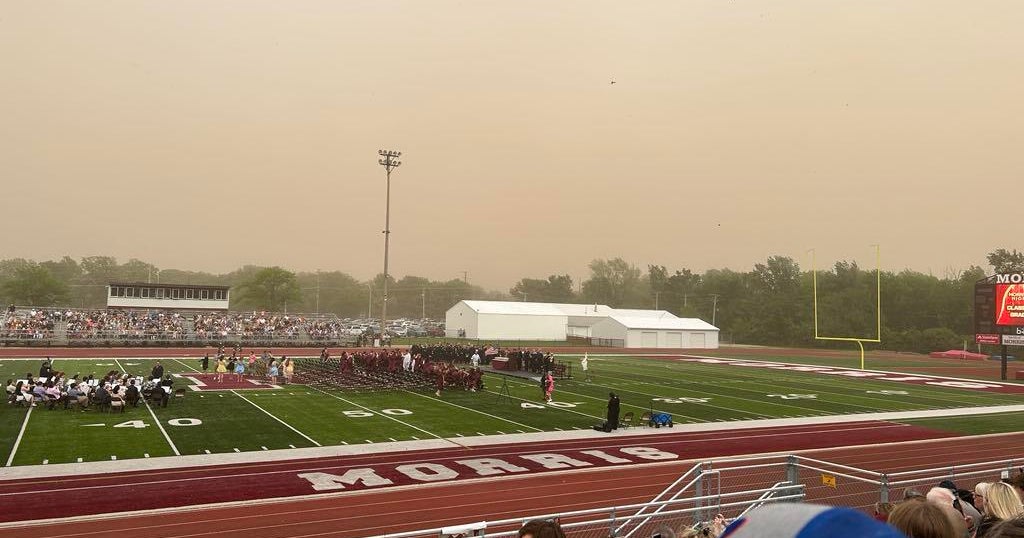Chicago Braces for Impact as Dust Storms Approach
Chicago residents are preparing for hazardous conditions as the National Weather Service (NWS) issued a dust storm warning for the region through Friday evening. Strong winds exceeding 40 mph are expected to sweep loose soil from drought-affected farmlands, reducing visibility to near-zero levels and creating potential health risks. Authorities urge caution for drivers and vulnerable populations as the storms intensify.
Immediate Threats and Safety Measures
The approaching dust storms pose three primary dangers according to meteorologists:
- Transportation hazards: Visibility may drop below 1/4 mile on highways, replicating conditions that caused a 72-vehicle pileup in downstate Illinois last May
- Respiratory risks: PM2.5 particulate levels could spike to 150+ AQI – considered “unhealthy” by EPA standards
- Infrastructure damage: Gusts may down power lines and scatter unsecured debris
“This isn’t just blowing dirt – it’s a public health emergency for those with asthma or heart conditions,” warns Dr. Alicia Mendez, pulmonologist at Rush University Medical Center. She advises residents to keep medications accessible and limit outdoor exposure.
Agricultural Roots of the Crisis
The impending storms stem from a dangerous convergence of factors:
- Illinois’ driest growing season since 2012, with 63% of topsoil rated “short” or “very short” on moisture
- Early harvests leaving nearly 1.2 million acres of bare cropland in the storm’s path
- Unusually strong September wind patterns from a developing El Niño system
“We’re seeing climate change amplify what would normally be manageable weather events,” notes climatologist Dr. Robert Chen of the University of Illinois. His research shows dust storm frequency in the Midwest has increased 37% since 2000.
How Chicago’s Dust Storms Compare to Historic Events
While less severe than Southwest haboobs, Midwest dust storms carry unique risks:
| Factor | Midwest Storms | Southwest Storms |
|---|---|---|
| Primary dust source | Agricultural fields | Desert basins |
| Typical duration | 2-6 hours | 12-24 hours |
| Common particles | Pesticides/fertilizers present | Mineral dust dominates |
Protective Actions for Residents
Chicago’s Office of Emergency Management recommends:
- Stocking 3 days of medications and N95 masks
- Securing outdoor furniture and garbage bins
- Downloading the ChiAlert mobile app for real-time warnings
Transportation officials have activated the “Lights On” protocol for area highways, requiring headlights and reduced speeds. “If visibility drops, pull over immediately – don’t stop in travel lanes,” advises Illinois State Police Captain David Whelan.
Long-Term Implications for the Region
Experts suggest these events may become more frequent without agricultural reforms:
- The USDA reports only 28% of Illinois farms use dust-reduction practices like cover crops
- Projected warmer winters could extend the high-risk period for wind erosion
- Urban sprawl continues converting natural windbreaks into vulnerable spaces
Environmental groups are advocating for the proposed Midwest Soil Health Act, which would provide incentives for erosion-control farming. Meanwhile, Chicago’s health department is expanding its air quality monitoring network with 15 new sensors.
What Comes Next
The current dust storm system should dissipate by Saturday morning, but residents should remain vigilant for:
- Possible follow-up storms next week as harvest continues
- Delayed respiratory symptoms from particulate exposure
- Roadway cleanup operations on major routes
For continuous updates, bookmark the NWS Chicago office website and sign up for county emergency alerts. As climate patterns evolve, such preparedness may become essential for Midwestern living.
See more Your Daily Weather



